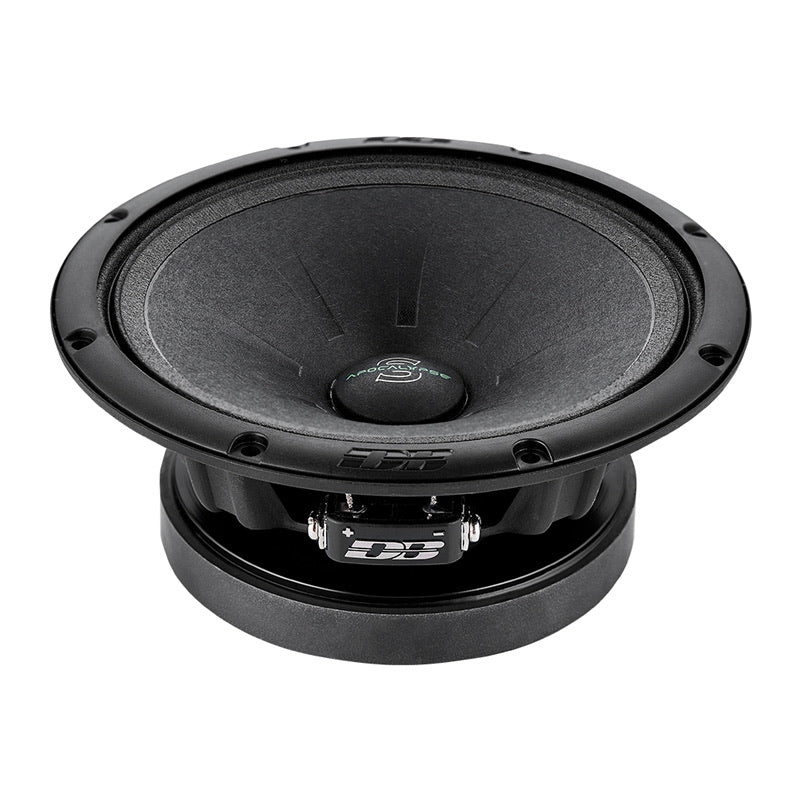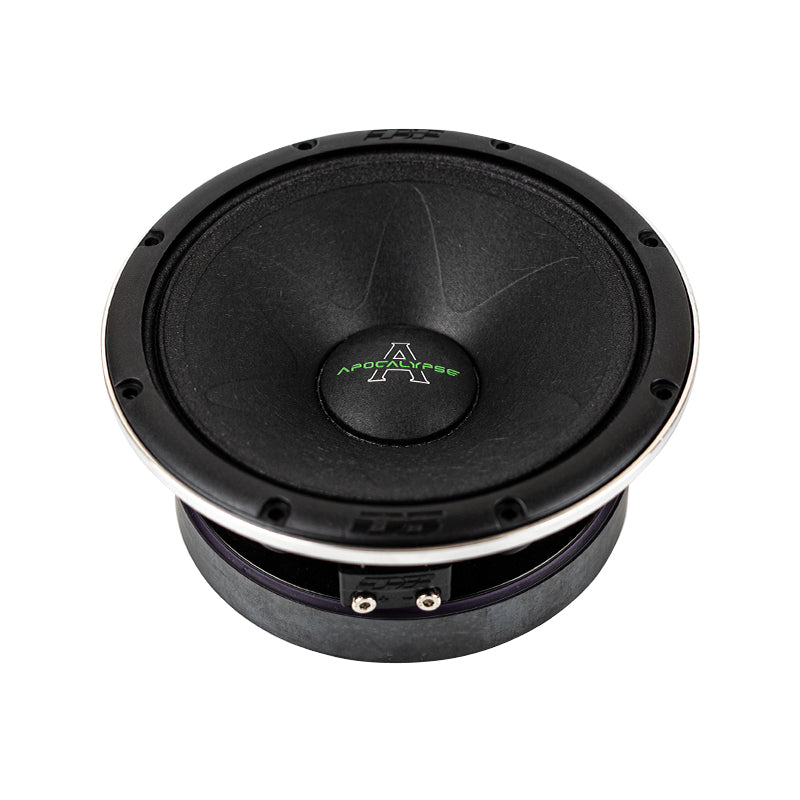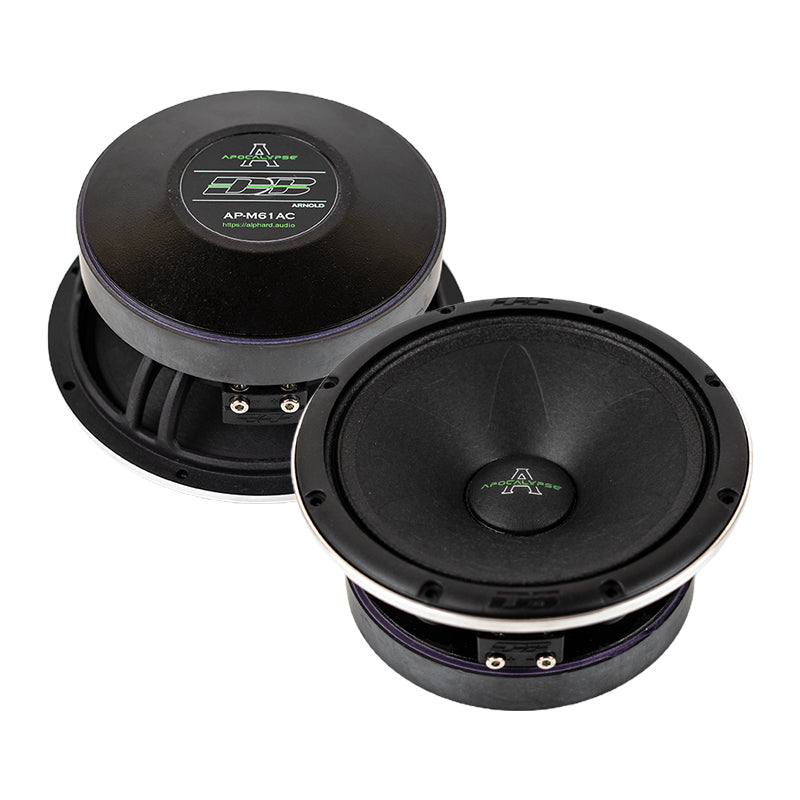Each interior in a car possesses its acoustic character. The materials, shape, and design inside a vehicle do more than provide comfort and style; they also shape how sound travels and how your music truly feels. Be it in adjusting a custom system to perfection, or just wondering why in every vehicle you hear your favorite songs differently, knowing about interior acoustics can change the way you listen to the song entirely.
Science Behind Car Interior Acoustics
The sound experience in cars is different as compared to listening in open areas. The cramped roominess of the cabin, as well as the reflective nature of glass, metal, and plastic, causes the sound waves to reflect, overlap, and even conflict. This results in the so-called frequency coloration in which certain tones are overemphasized, and others are lost.
Seats made of soft material, such as leather or cloth absorb some frequencies, whereas hard surfaces reflect. This is why the cars with less upholstery would sound rough and the ones with more of this material would feel more comfortable and cooler. These nuances provide car interior acoustics with the status of one of the most significant aspects of automotive sound quality.
Common Acoustic Challenges Inside Cars
-
Echo and Reverberation: The dashboard, windshield, and doors reverberate with the sound information creating echoes that are delayed and distort details.
-
Unequal Distribution of Sound: When sitting in front, one can hear more treble and in the back, one is likely to hear muffled bass.
-
Vibration and Rattling: Panels and loose trim vibrations will affect the overall clarity with low frequency vibration.
Recognizing these acoustic issues is the first step toward improving sound quality in vehicles naturally.
How Materials Impact On Sound Clarity?
Every part of your car interior affects the way music behaves. Let’s break down how different materials contribute to or interfere with clarity.
|
Material Type |
Acoustic Effect |
Sound Result |
|---|---|---|
|
Hard plastic surfaces |
Reflect high frequencies |
Sharper, sometimes harsh treble |
|
Leather seats |
Moderate sound absorption |
Balanced sound with mild warmth |
|
Fabric upholstery |
High absorption rate |
Softer tone, reduced reflections |
|
Glass panels |
Strong reflections |
Increased brightness, potential echo |
|
Carpet and floor mats |
Absorb low to mid frequencies |
Smoother bass response |
Cars that combine reflective and absorptive materials create a more immersive and accurate sound environment.
Easy Ways to Improve Car Sound
You do not necessarily need to spend much of your money to make your car sound better. It is possible to enhance the sound of cars by practical and inexpensive methods that do not require the replacement of the whole system.

-
Reduce Noise Intrusion: External noise from the road or wind competes with your audio. Using high-quality sound-deadening materials or door seal improvements keeps unwanted sound out, allowing music to shine.
-
By upgrading Speakers Placement: Even the best speakers can disappoint if poorly positioned. Aim for balanced left-right alignment and ensure tweeters are directed toward ear level.
-
Secure Panels and Trim: Vibrating parts can distort bass frequencies. Tighten loose components or add foam padding where vibration is common.
-
Add Floor and Door Insulation: Insulating these areas helps maintain consistent bass response and minimizes resonance.
-
Fine-Tune Audio Settings: Small EQ adjustments can make a huge difference. For example, slightly lowering treble frequencies can compensate for reflective dashboards.
When these adjustments work together, your vehicle begins to sound more like a personal concert hall than just a cabin.
How Cabin Shape and Size Influence Audio Performance
Compact cars, sedans, and SUVs all behave differently acoustically. Smaller cabins amplify reflections faster, while larger ones can cause sound dispersion that weakens detail.
A curved windshield, angled dashboard, and sloped roofline alter how waves bounce through the space. Engineers at Elite Auto Gear often note that the geometry of the cabin determines how evenly frequencies reach each listener. Vehicles with symmetrical interiors and fewer reflective obstacles often have more consistent stereo imaging.
In high-performance systems, even millimeter-level speaker placement adjustments can change how vocals center in the soundstage or how bass feels from the driver’s seat.
Role of Soundproofing in Automotive Sound Quality
Noise isolation is important for accurate playback without any issue. Road rumble, tire noise, and engine vibration can mask subtle details in music. By integrating soundproofing into key areas like the floor, doors, and trunk, you can significantly raise the perceived sound quality even if your audio hardware remains the same.
Premium soundproofing mats and acoustic foams reduce unwanted frequencies and also enhance your audio system clarity. This is why automotive enthusiasts often view soundproofing as essential for improving sound quality instead of merely an optional upgrade.
Why Different Cars Sound Different
Two cars with the same audio system will have different sounds even though they have the same audio systems. The distinction is in the use of internal materials, location of seats, cabin volume and the quality of construction. For example, the spaces of SUVs tend to be more open and therefore tend to absorb the bass in a different way compared to sedan cabins that are tight. Sports cars are made of stiff material and have little upholstery so they can sound brighter or forward.
These acoustics are glassed over by thousands of hours of engineering work by the car manufacturers. When you are adjusting or modernizing your system, knowing how your interior affects sound can be used to make wiser decisions regarding components and settings.
Bringing It All Together
Powerful in-car sound is a joint venture between technology and environment. Speakers, amplifiers, head units all are important, but their possibilities are only as good as the way sound works with the cabin. Listening to materials, balance and insulation lets your sound system perform within closer intent to its design purpose.
Car interiors are not always about comfort, but they form a part of your sound system. With right tuning and care all drives are a more enjoyable and immersive listening experience and your vehicle is not only a means of transport but a platform of pure authentic sound.









